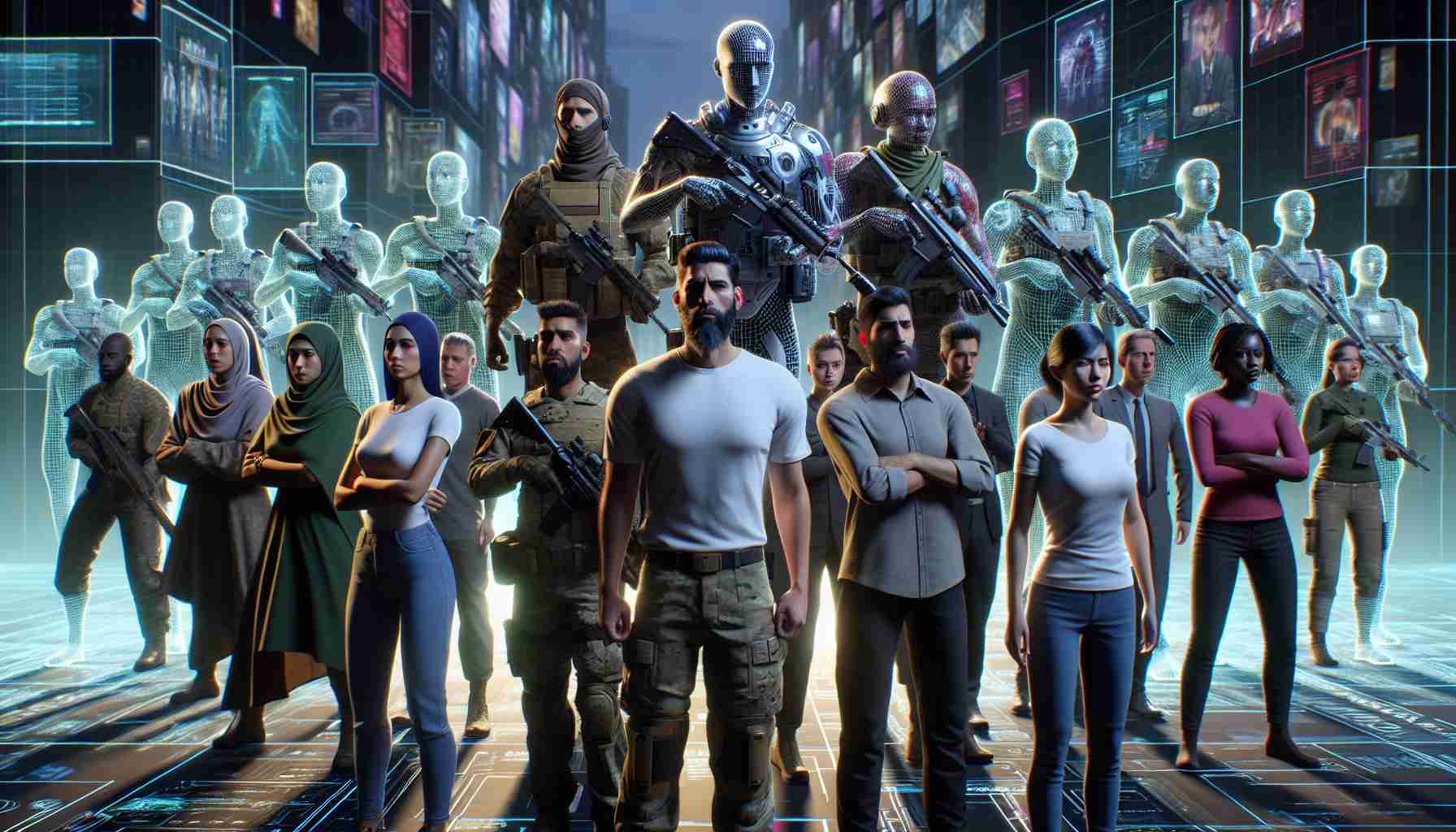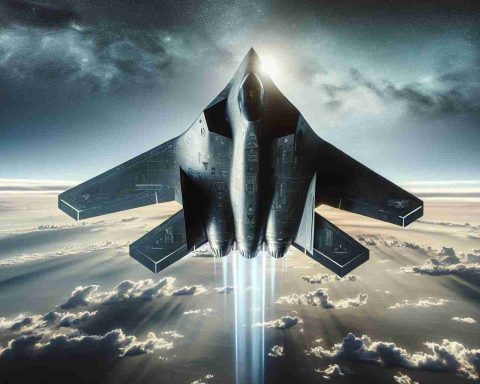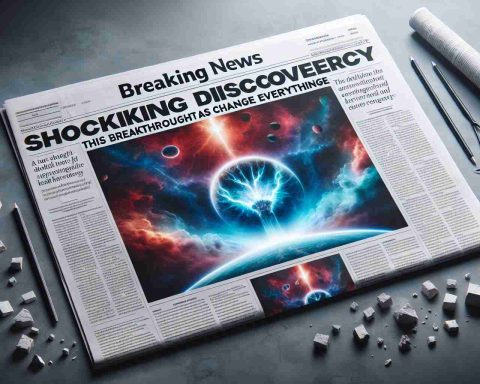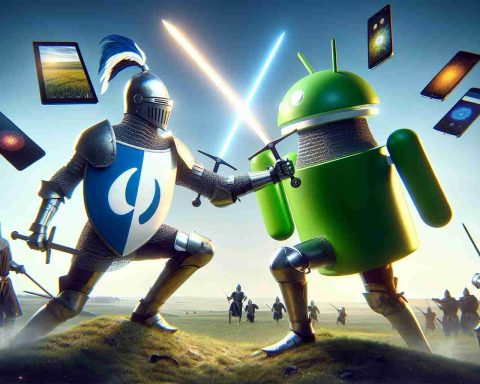Video game performers are taking a stand against potential threats posed by artificial intelligence. Thousands of actors have voted to go on strike after negotiations for a new contract with major game studios stalled over AI protections. This move has sent ripples through the entertainment industry, highlighting the importance of safeguarding performers’ rights in the digital age.
Amid the strike, industry veteran JB Blanc expressed his concerns about the risks AI poses to actors. With a career spanning over 300 games and 500 characters, Blanc emphasized the gravity of the situation, labeling it as one of the biggest existential threats to performers. The Screen Actors Guild-American Federation of Television and Radio Artists (SAG-AFTRA) has been engaged in lengthy negotiations with video game producers to address these issues but has yet to reach a resolution.
Protecting performers from the misuse of AI technology remains the primary point of contention. While progress has been made on issues like wages and job safety, the regulation of generative AI continues to be a sticking point. The fear is that without appropriate safeguards, AI could be exploited to replicate actors’ voices and likenesses without consent or fair compensation.
Despite the challenges ahead, performers are resolute in their stance against the encroachment of AI in their industry. Blanc and his colleagues are prepared for a potentially prolonged strike, recognizing the gravity of the situation. The determination to secure their future and protect against automation and AI threats underscores the importance of this stand for all involved in the entertainment industry.
Video Game Performers Unveil Further Concerns Amid AI Standoff
As the strike led by video game performers continues to gather momentum, additional aspects of their battle against artificial intelligence (AI) threats are beginning to surface, shedding light on overlooked dimensions of this contentious issue.
What are the key questions surrounding the standoff between video game performers and AI threats?
One crucial question that emerges is how far-reaching the implications of unchecked AI use in game development could be for performers’ livelihoods. Additionally, the extent to which AI technologies can mimic the talents and characteristics of human actors raises concerns about potential exploitation and infringement of intellectual property rights.
What challenges or controversies are associated with the ongoing conflict?
One of the central challenges faced by performers is the lack of clear regulations governing the use of generative AI in video game production. The controversy lies in the delicate balance between technological advancement and the protection of performers’ creative contributions, with stakeholders grappling to find common ground amidst competing interests.
What are the advantages and disadvantages of performers taking a stand against AI threats?
The advantage of performers standing firm against AI threats lies in their ability to assert their rights and demand fair treatment in an industry rapidly being reshaped by technological innovations. However, a potential disadvantage could be the protracted nature of the conflict, leading to disruptions in game development and economic repercussions for all parties involved.
In navigating this complex terrain, performers must weigh the benefits of safeguarding their interests against the challenges of sustaining a prolonged confrontation with powerful game studios determined to leverage AI capabilities for competitive advantage.
For further insights into the evolving landscape of AI in video game production, visit Screen Actors Guild-American Federation of Television and Radio Artists (SAG-AFTRA).

















